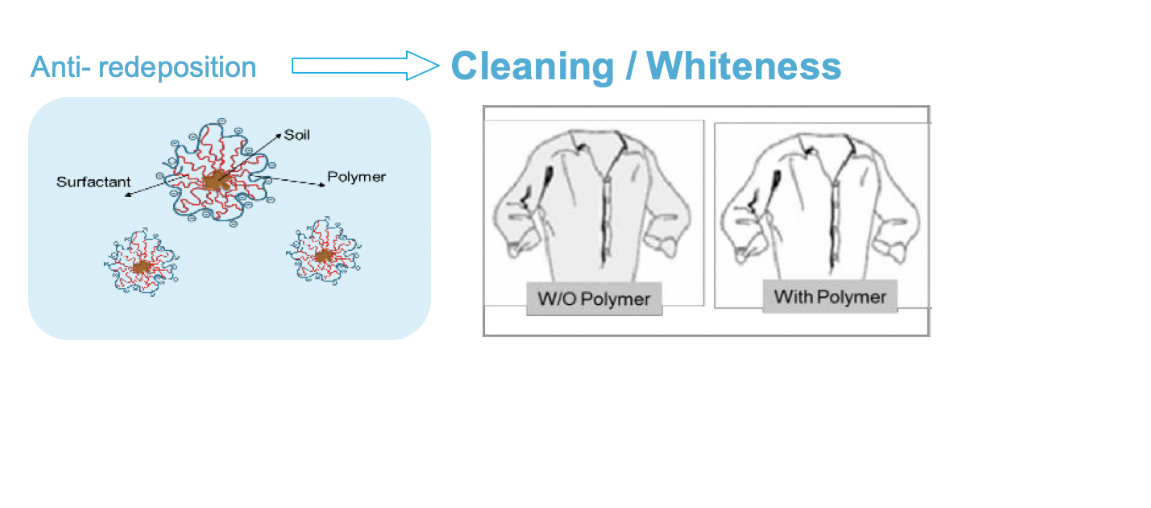The Science Behind Long-lasting Whites
Published
November 18, 2021
The three components that make for long-lasting whites are dye transfer inhibition, optical brightening, and anti-greying, also known as anti-redeposition.
Stop Dye Transfer
We can prevent the movement of dye from one fabric to another during the wash with a polymer like Polyvinylpyrrolidone (PVP) or homopolymers. More advanced polymers, like Sokalan® HP 56 K and Sokalan HP 66 K, prove to be more effective for a range of dye colors, including red, blue, and black, as shown below
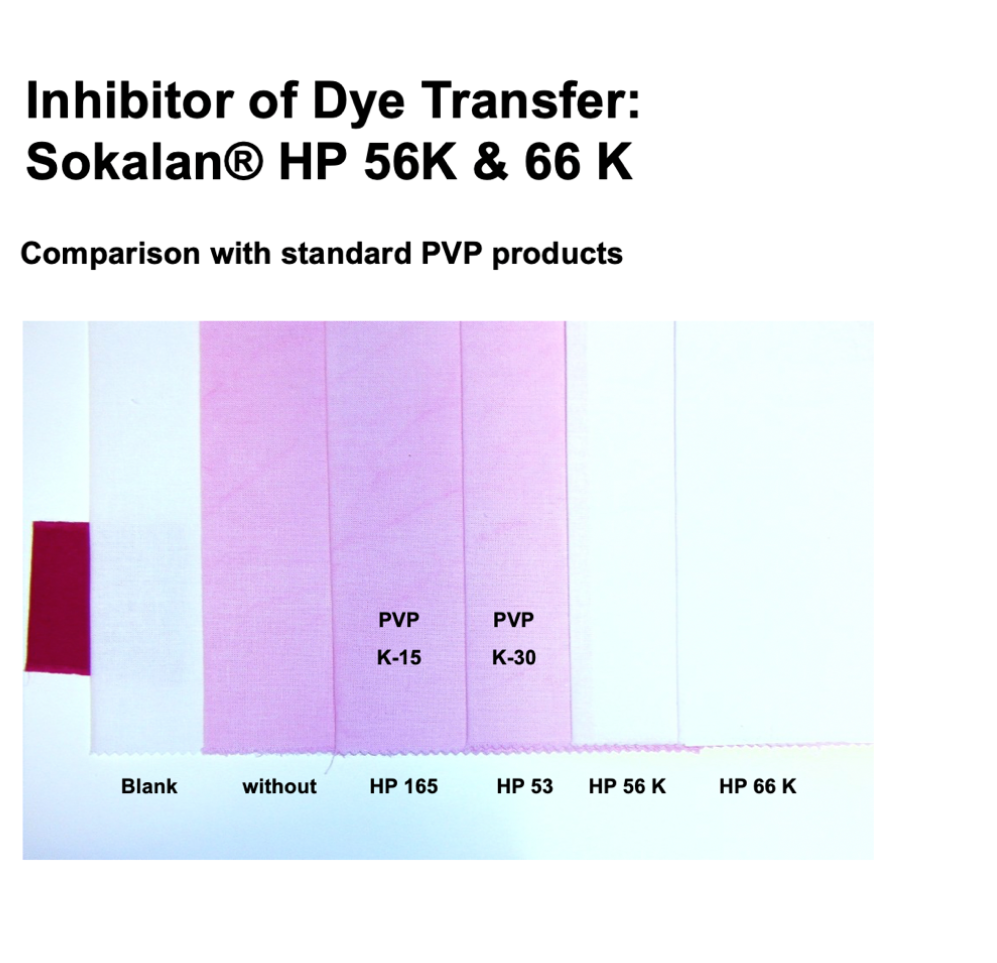
As you see in the diagram, the color transfer in a wash without the addition of polymers is the most extreme. Sokalan® HP 165 and Sokalan HP 53, which are PVPs of molecular weight 9,000 and 40,000 respectively, slightly reduce the level of dye transfer. Sokalan HP 56 K and Sokalan HP 66 K provide the optimal level of dye transfer inhibition.The Vinylpyrrolidone/Vinylimidazole co-polymer makes Sokalan HP 56 and Sokalan HP 66 effective at complexing with a wide range of dyes.
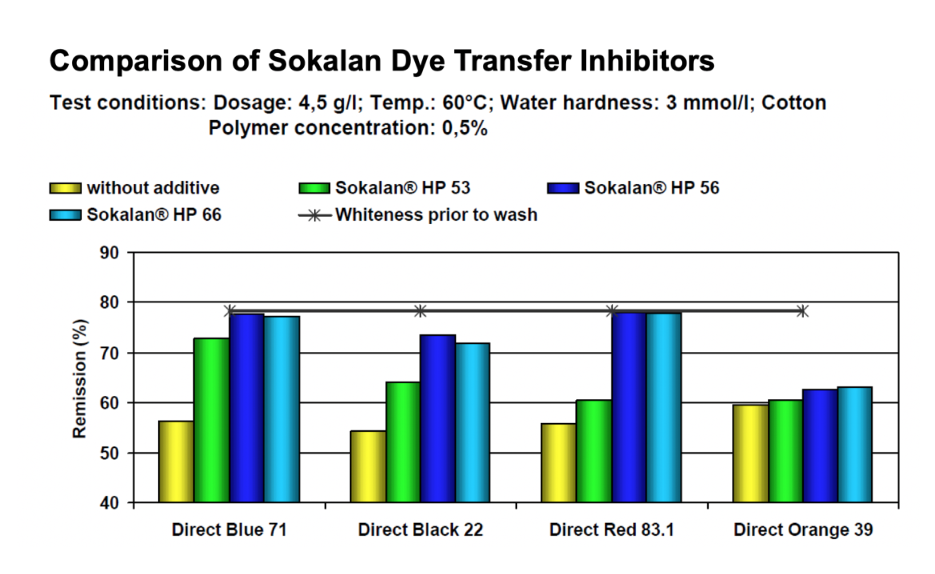
As you can see in the “Comparison of Sokalan Dye Transfer Inhibitors” chart, Sokalan® HP 56 and Sokalan HP 66 are highly effective at inhibiting the transfer of Direct Blue and Direct Red dyes, and slightly less effective in preventing the transfer of Direct Black and Direct Orange dyes.
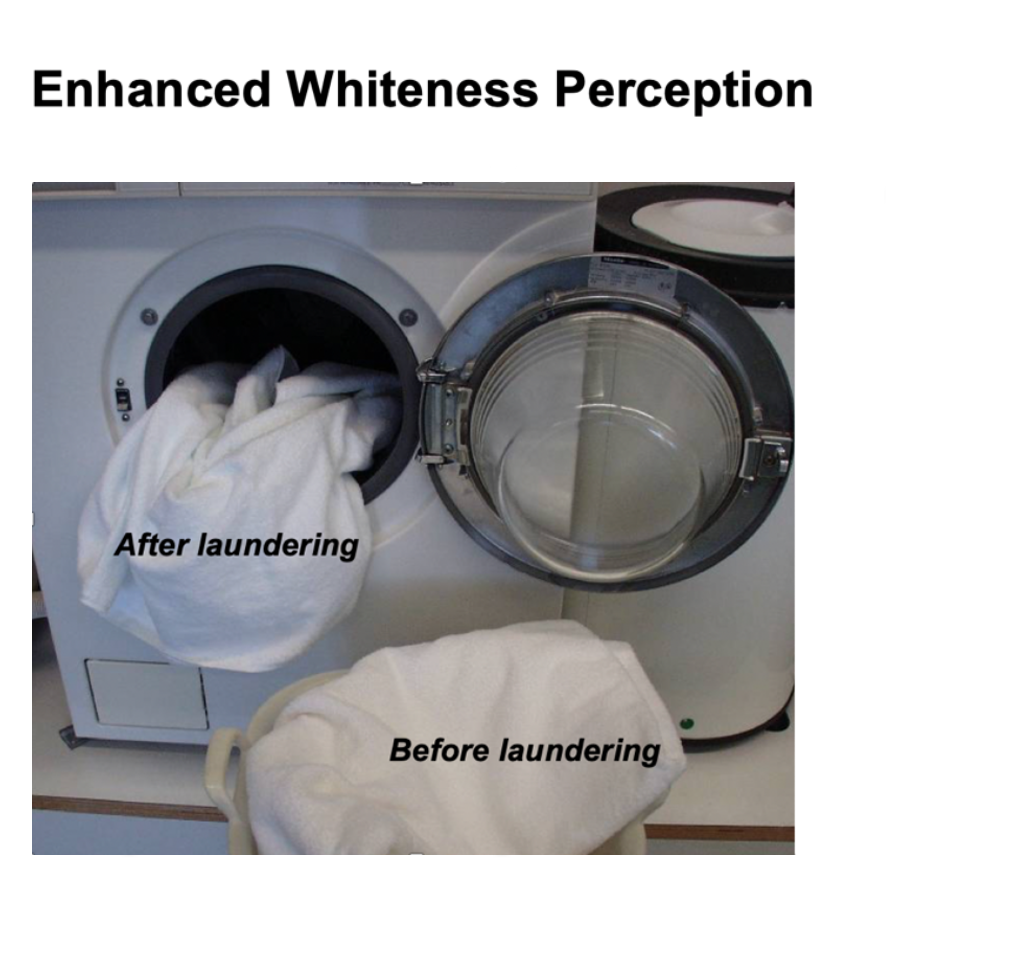
Our eyes’ perception of white prefers bluish whites over yellowish whites. Optical brighteners, like Tinopal, absorb UV-light and re-emit it as a visible blue fluorescence light, making the fabric appear closer to the ‘optimal’ white.
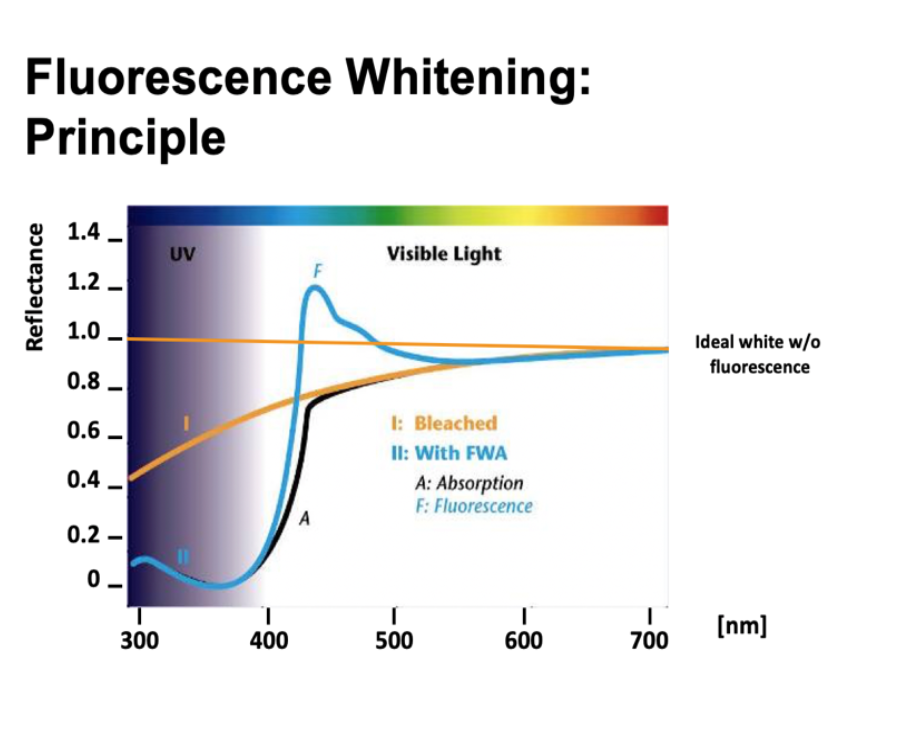
Newly purchased fabrics have optical brighteners embedded in the fiber. After multiple washes, these brighteners wash away; the perceivable difference between whites washed with a detergent containing Tinopal, and those without an optical brightener increases dramatically after 10-20 washes.

Stop Fabric Greying
Polymers like Sokalan® HP 20, Sokalan HP 96, Sokalan CP 5, Sokalan CP 9, and Sokalan PA 25 CL and Sokalan PA 30 CL, bind to dirt and remain suspended in the wash liquor, preventing the soil from depositing on the fibers. This keeps fibers whiter when washed and prevents graying.
